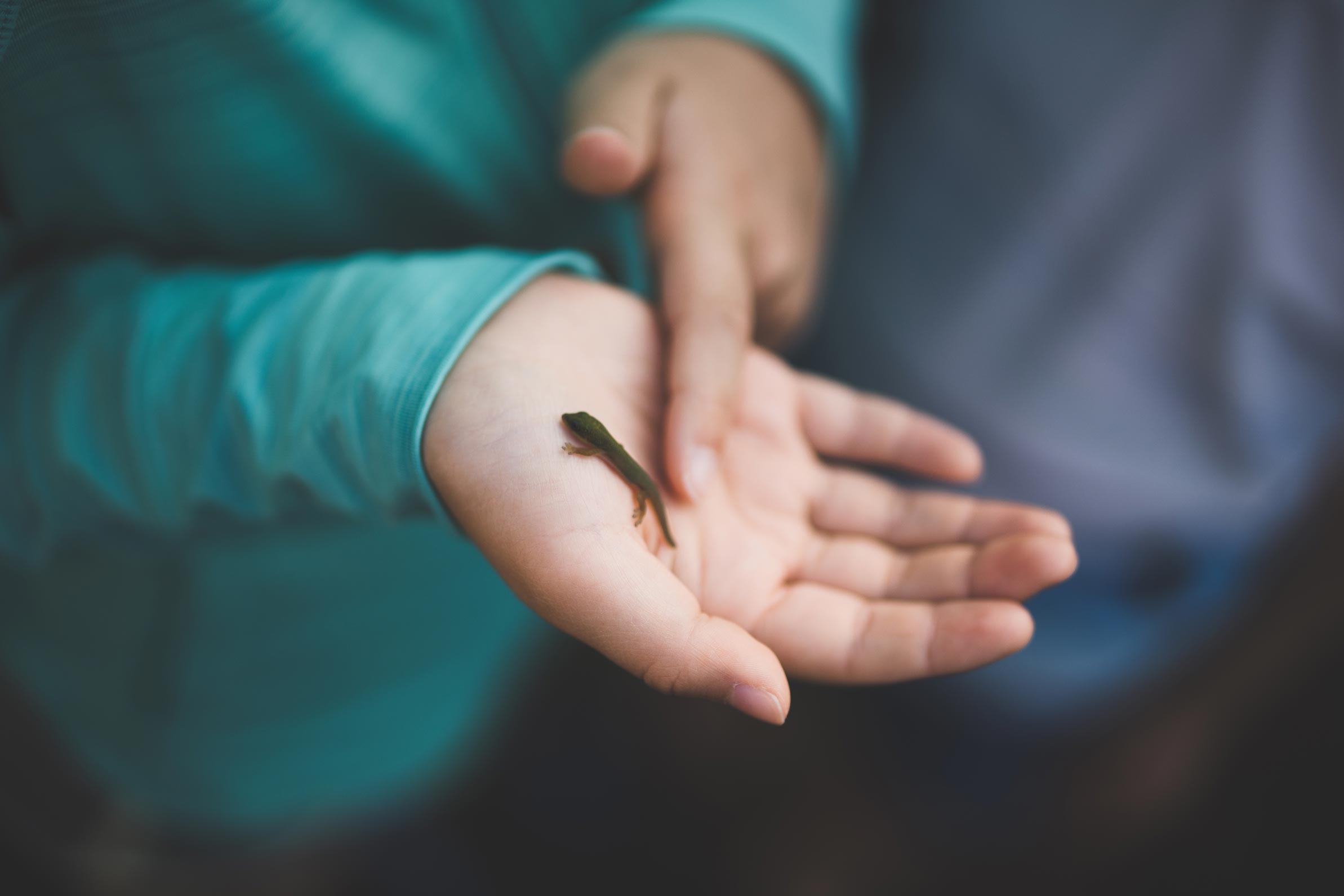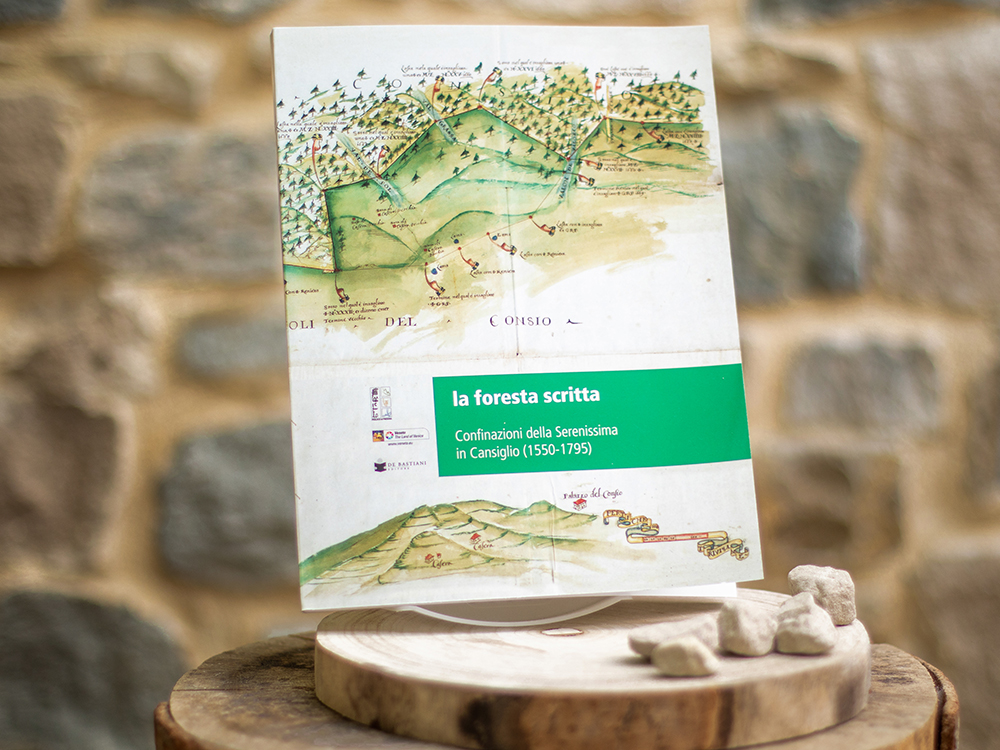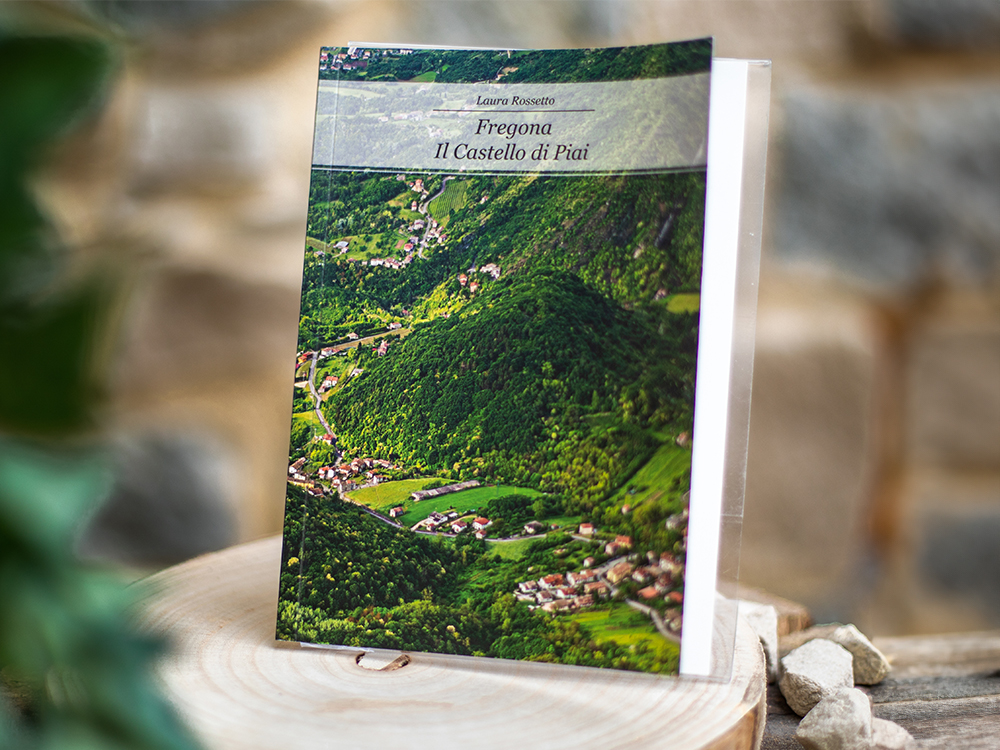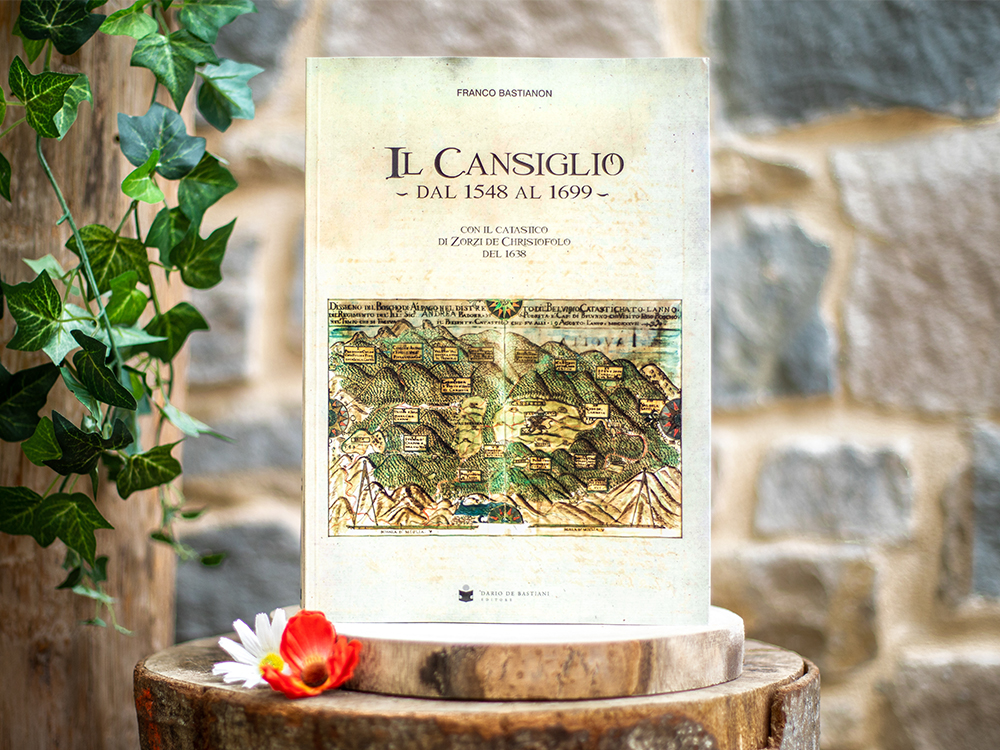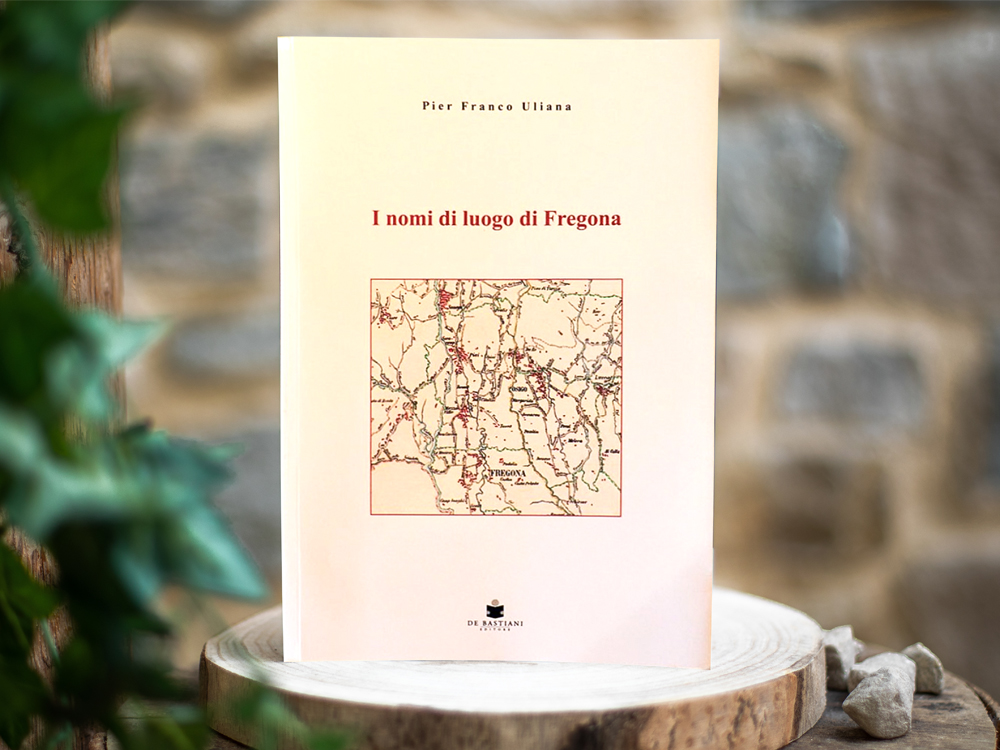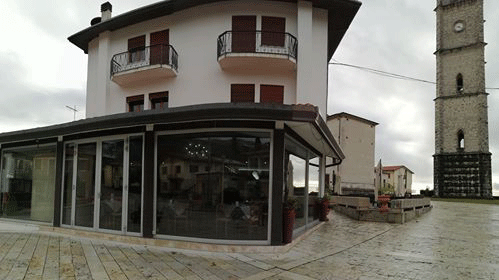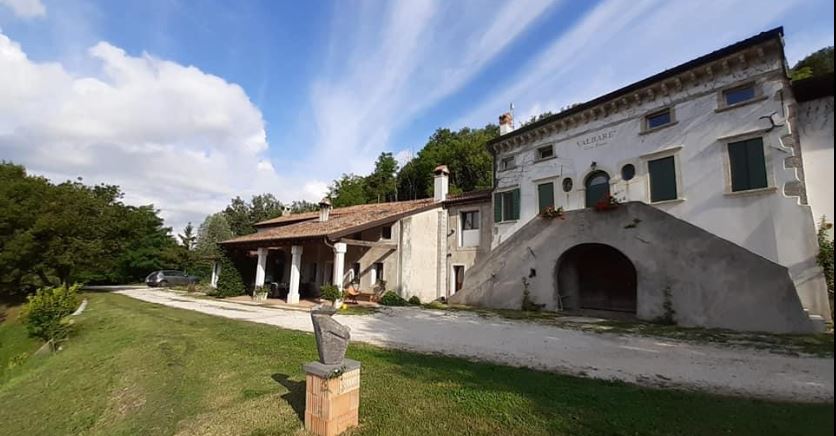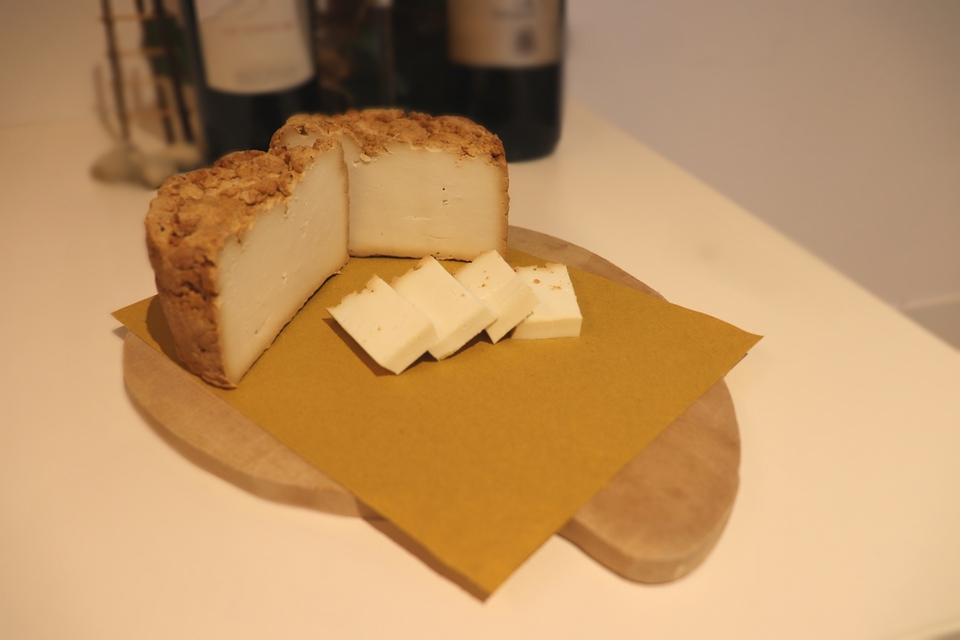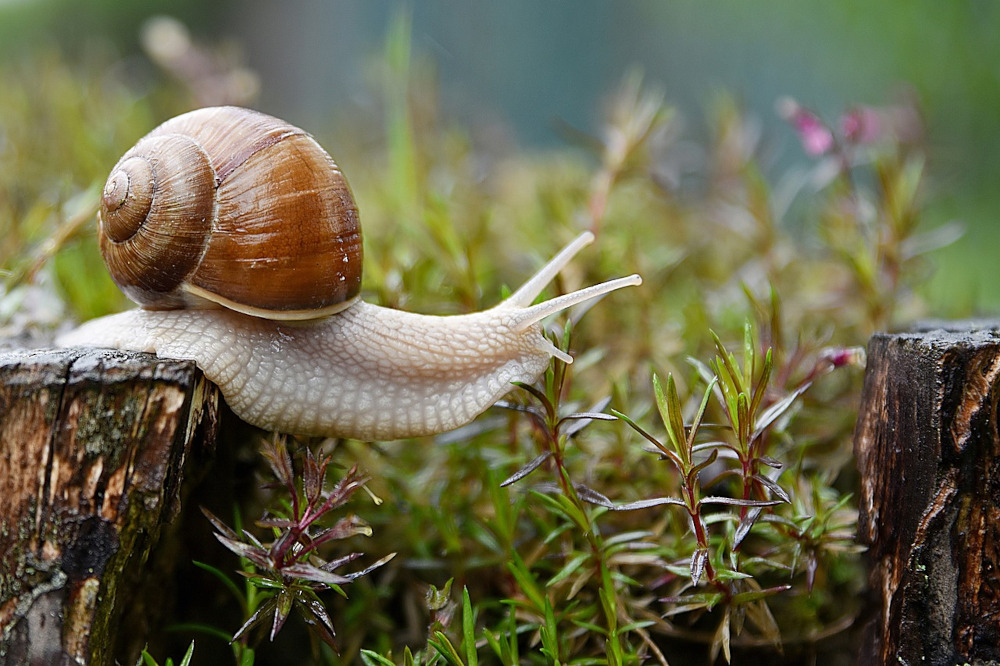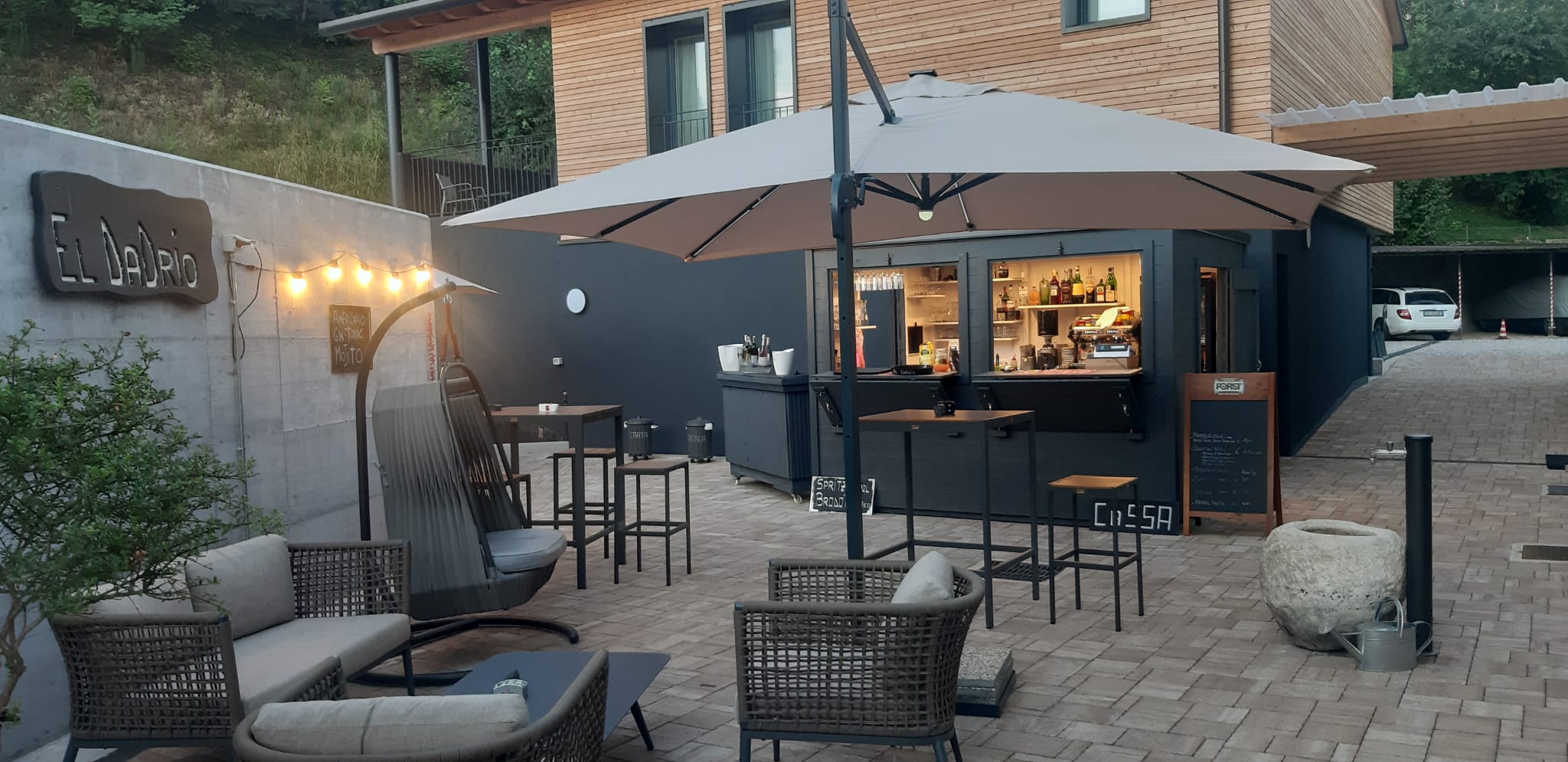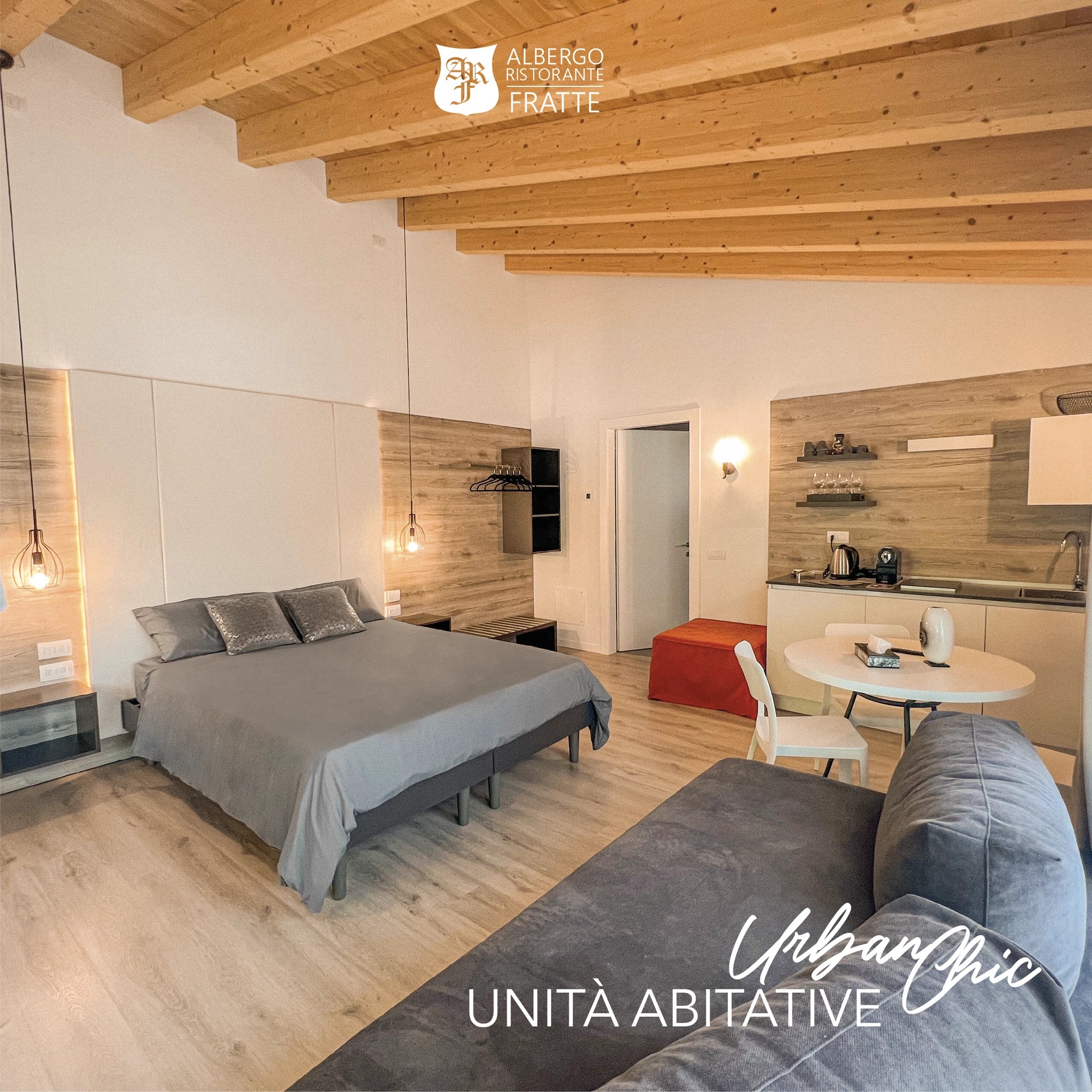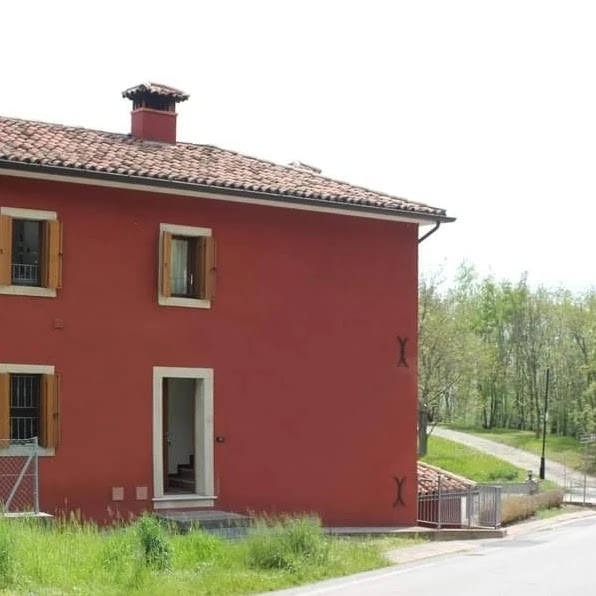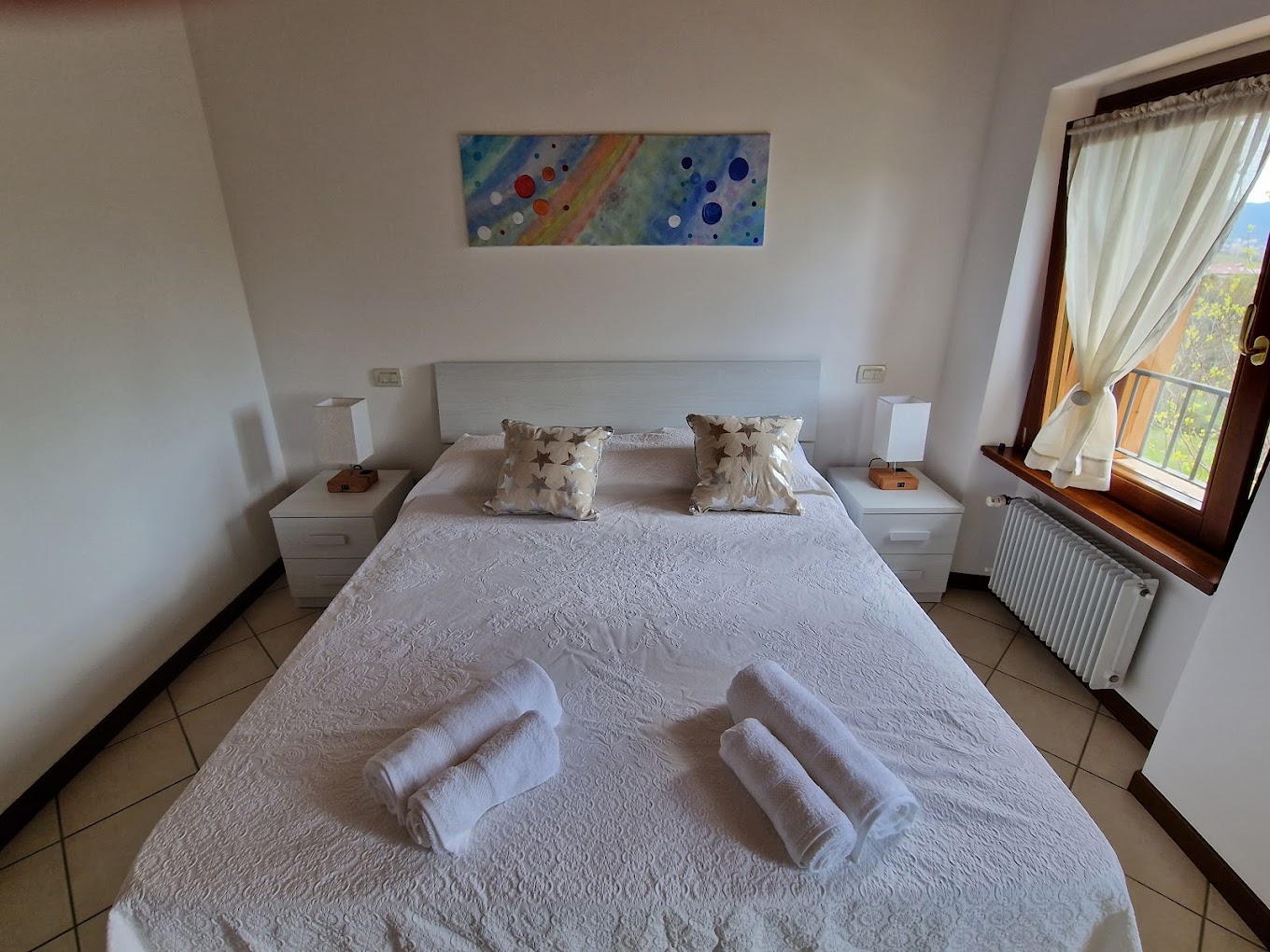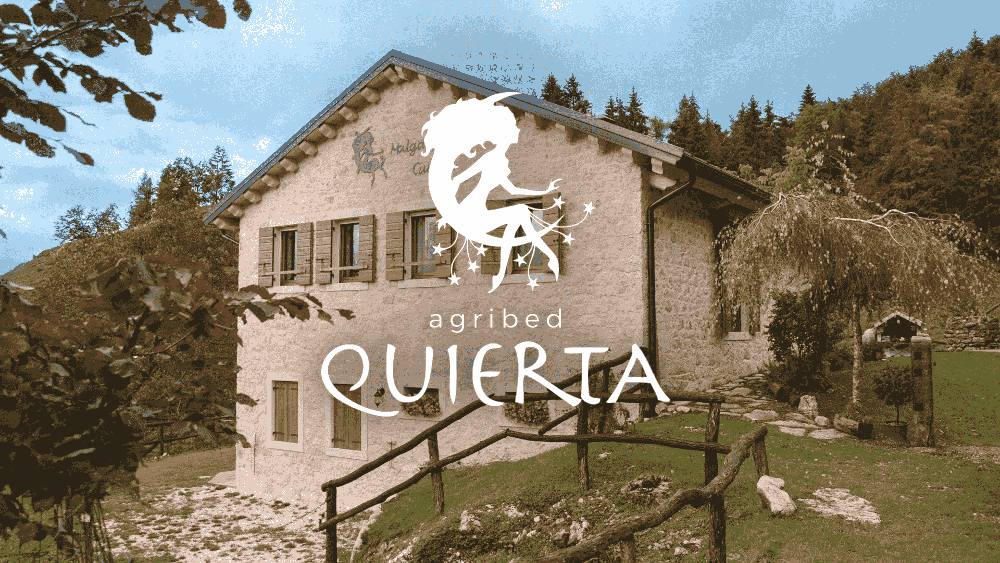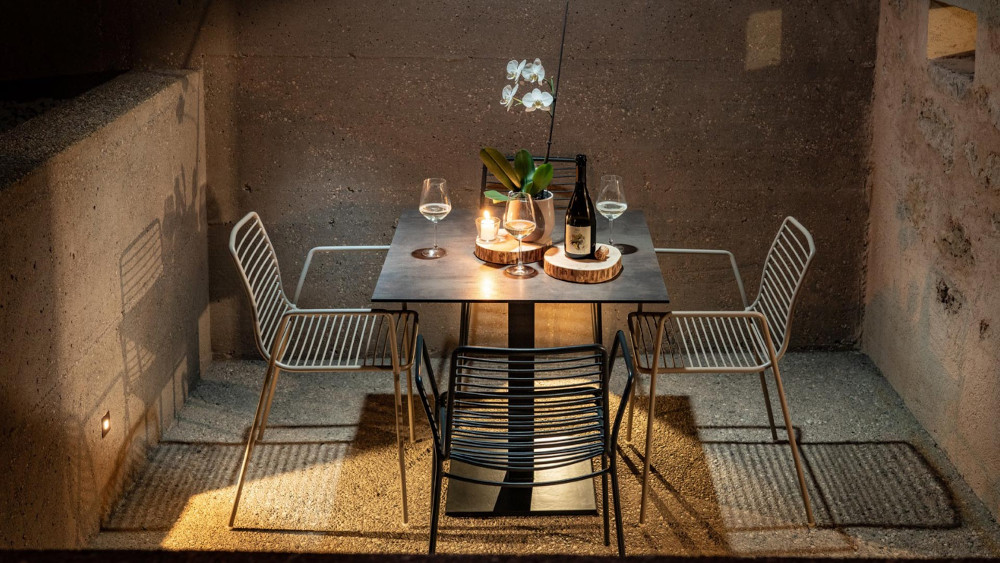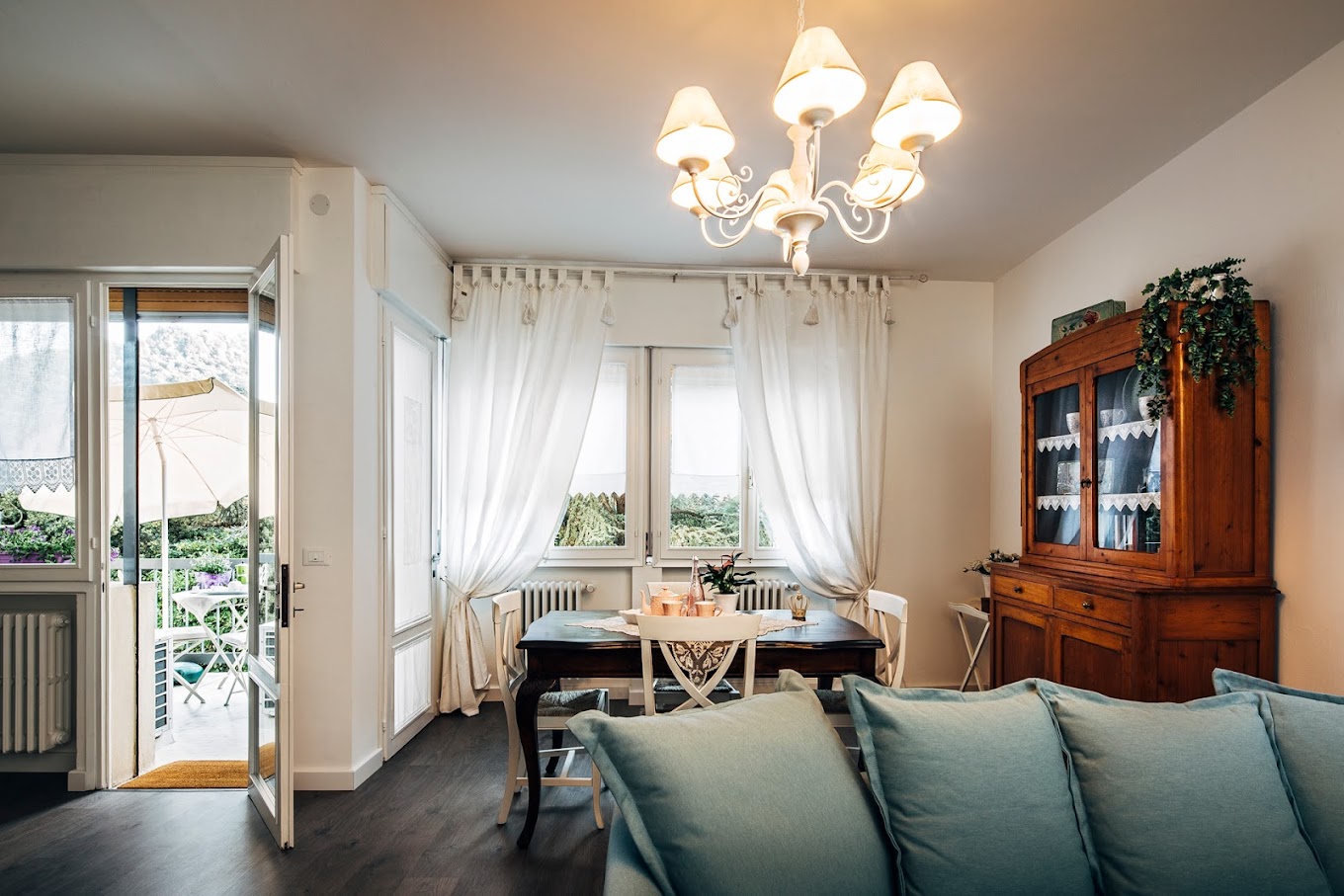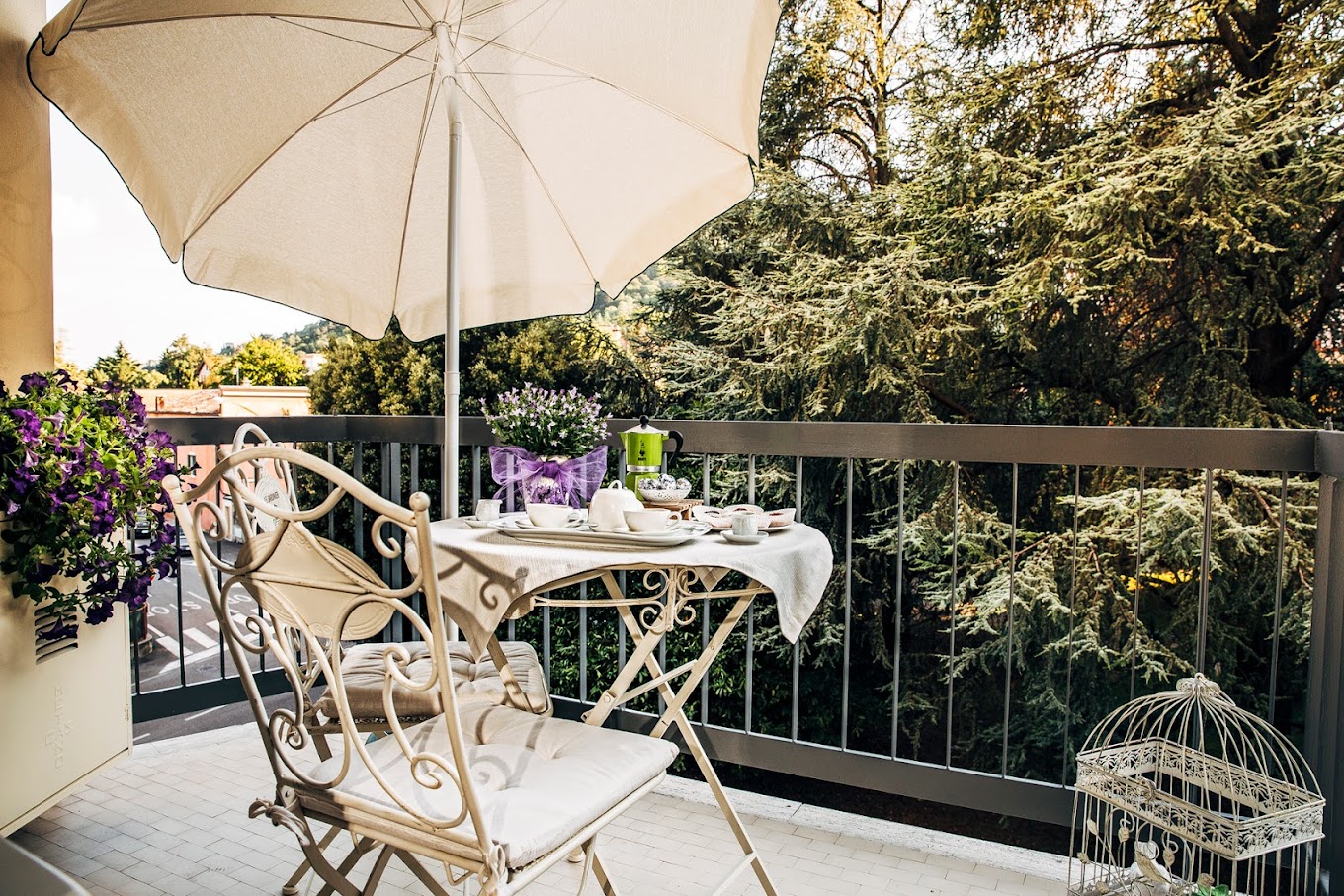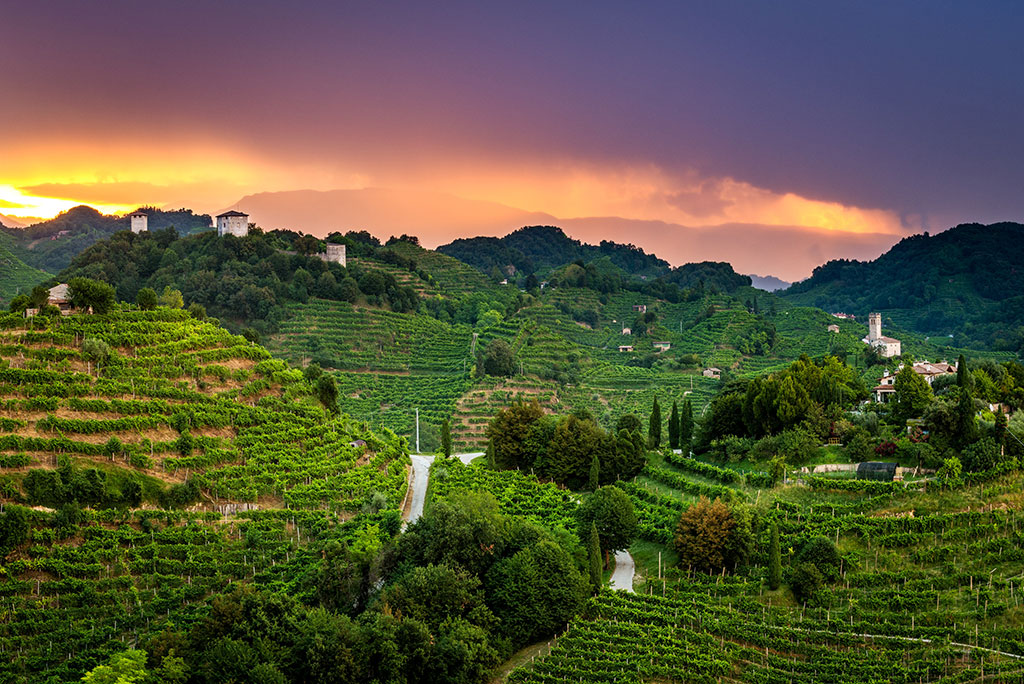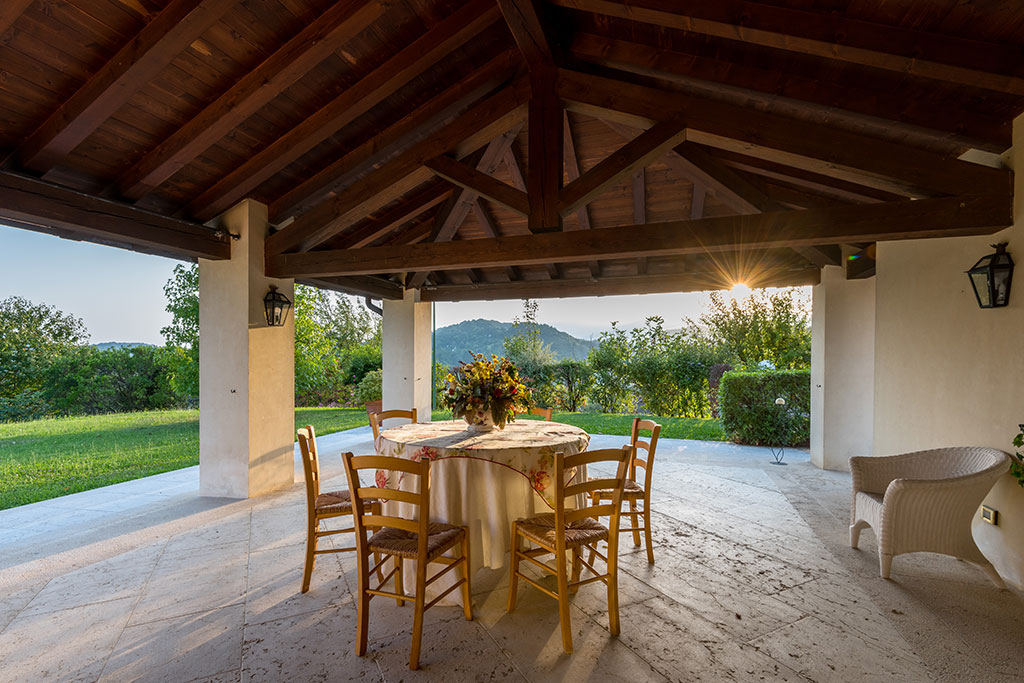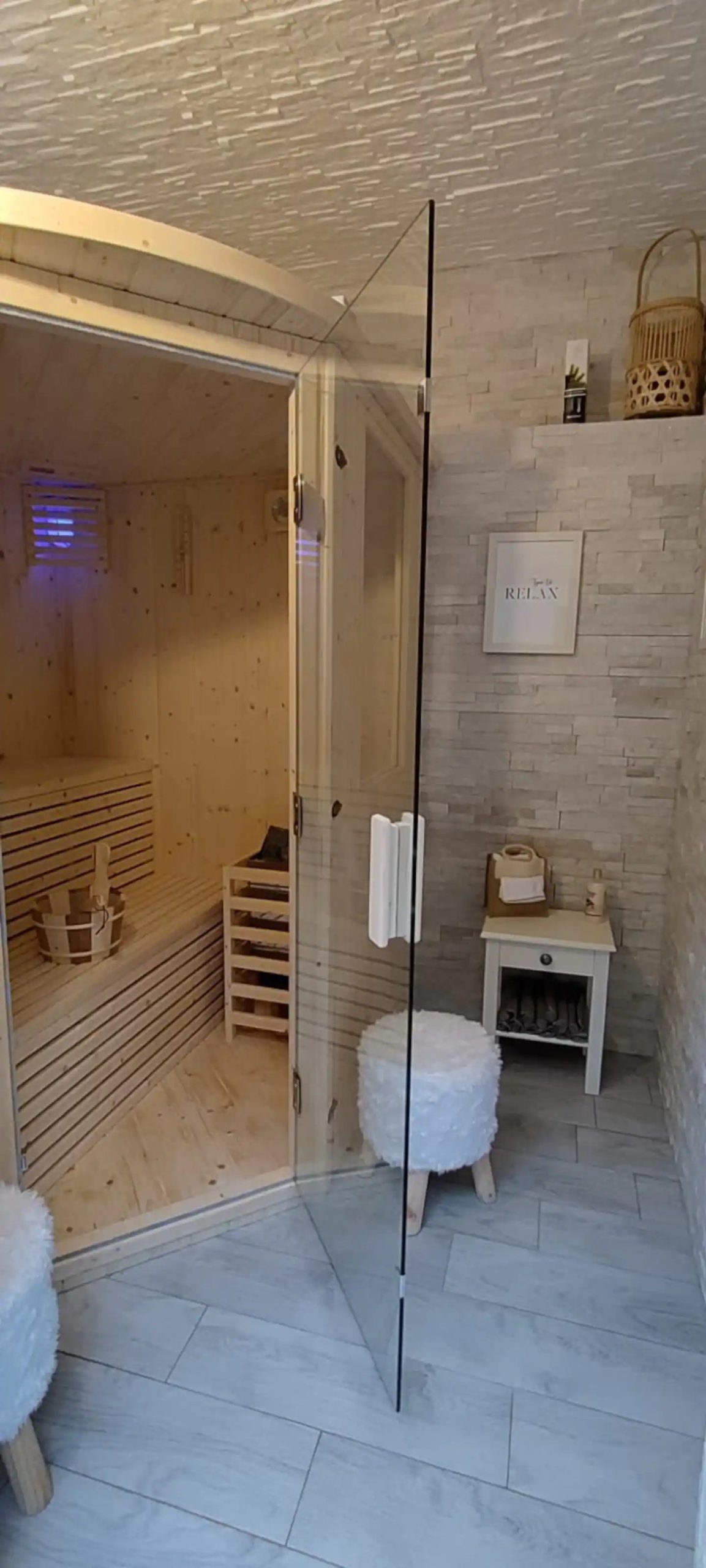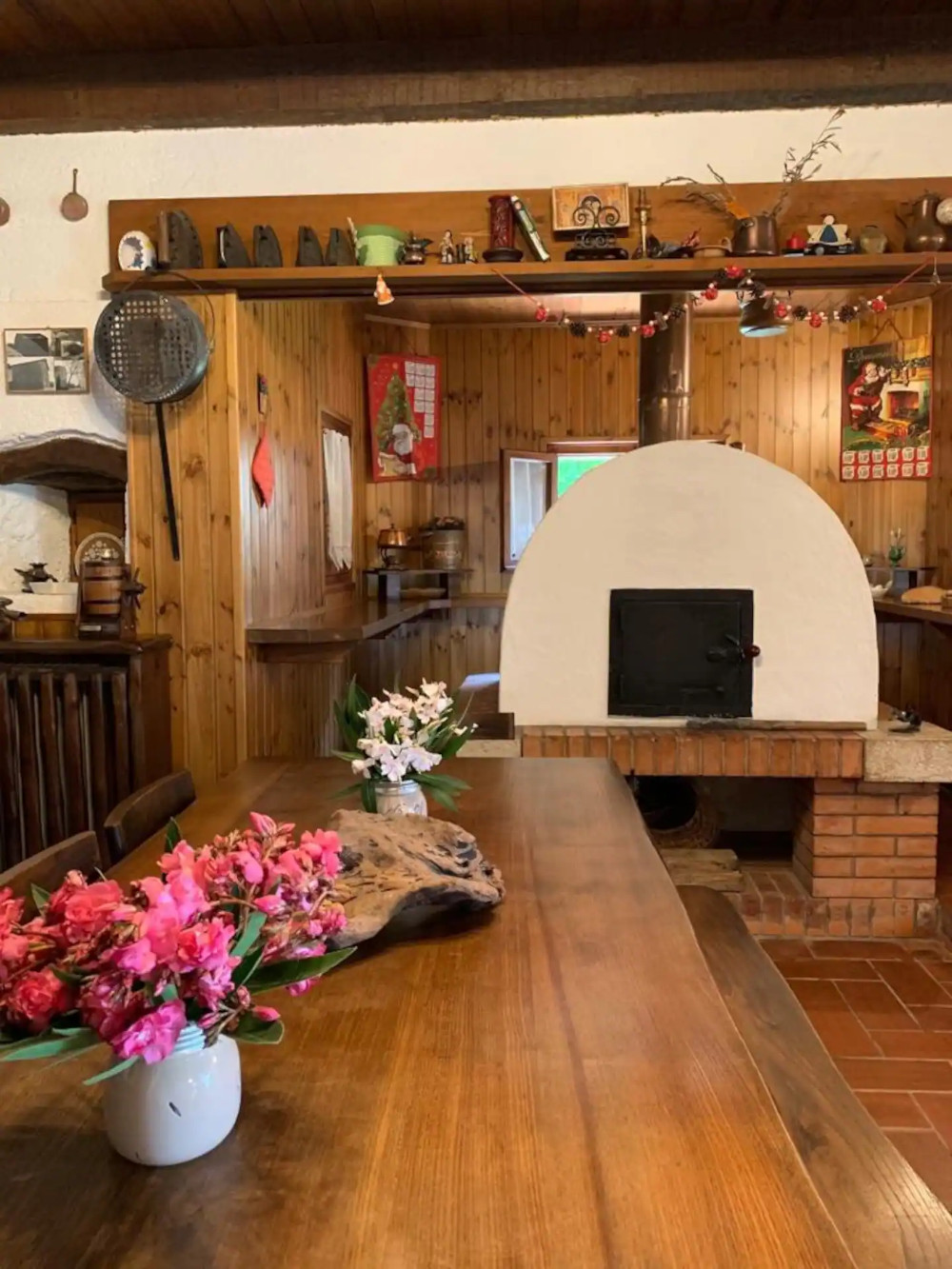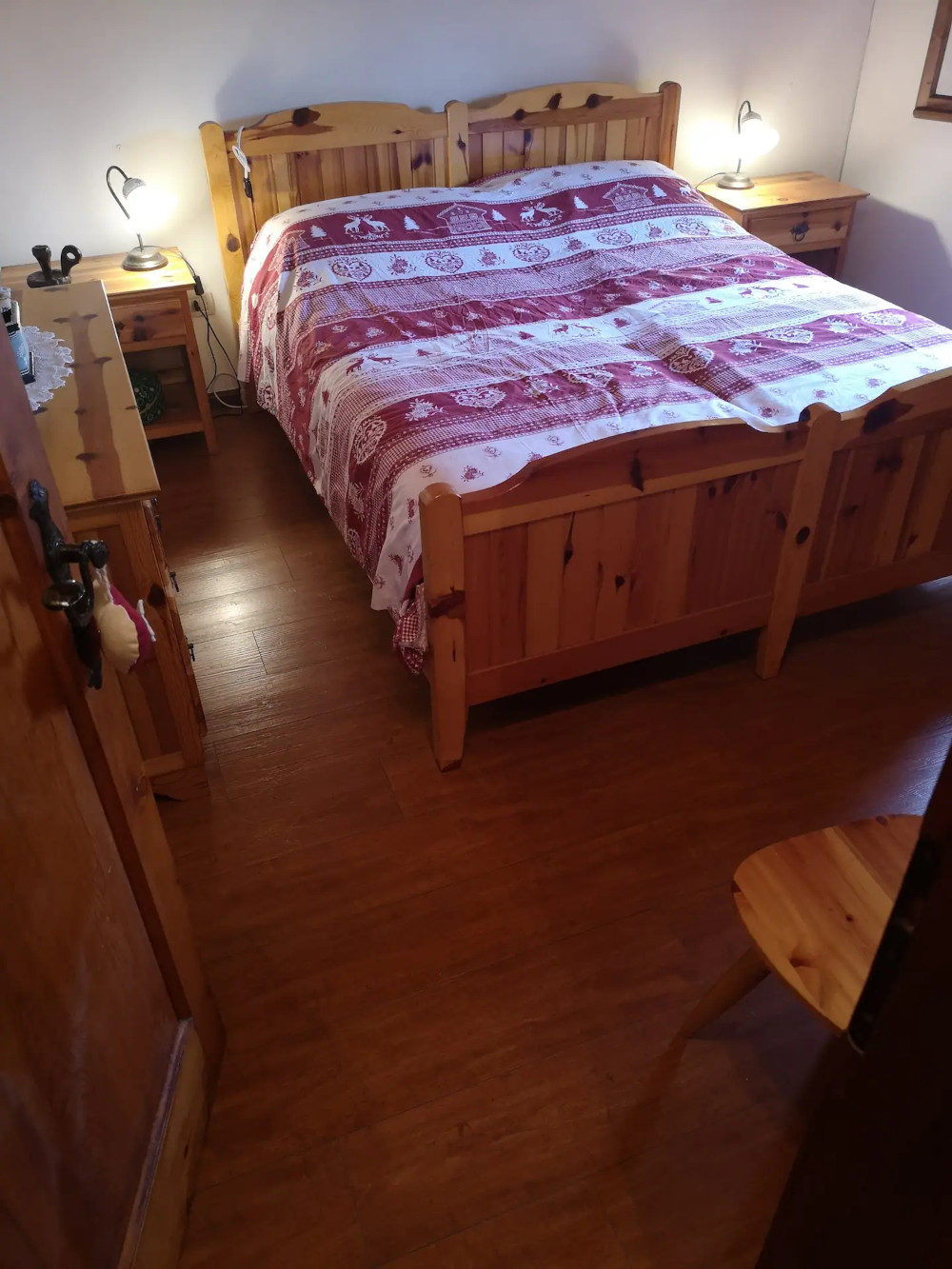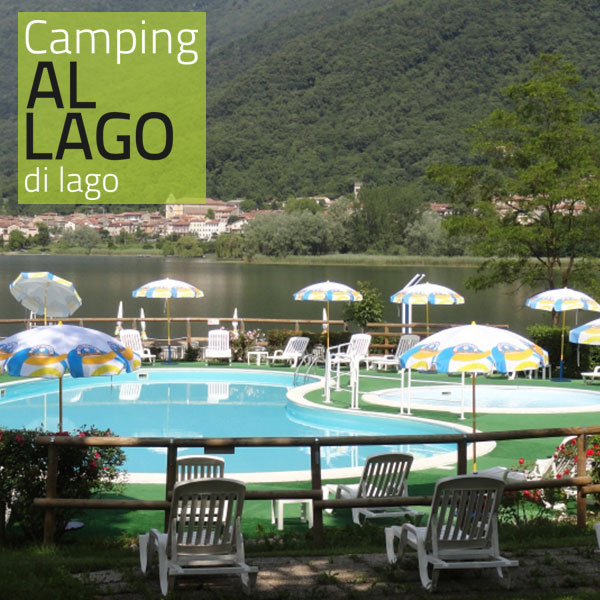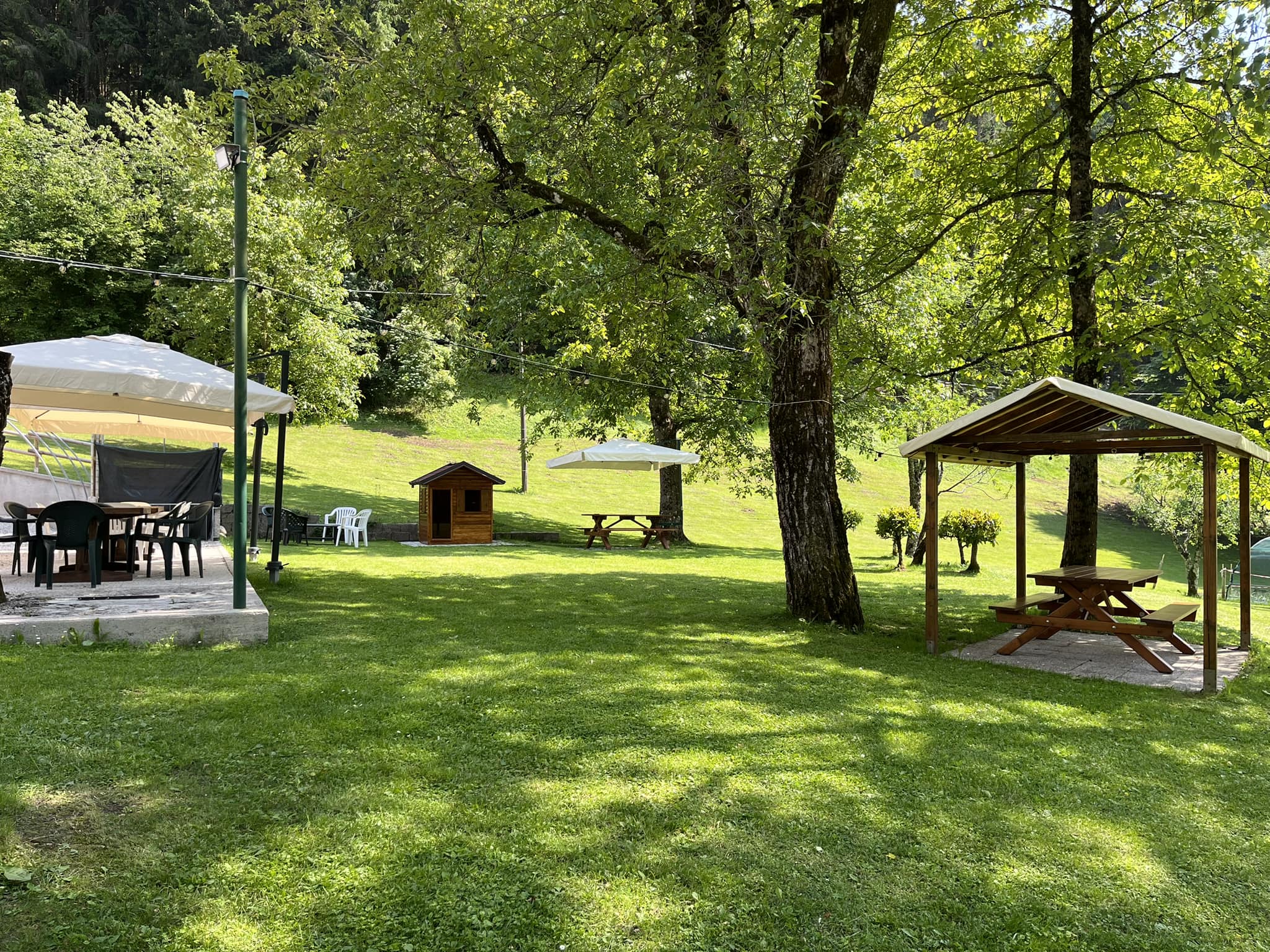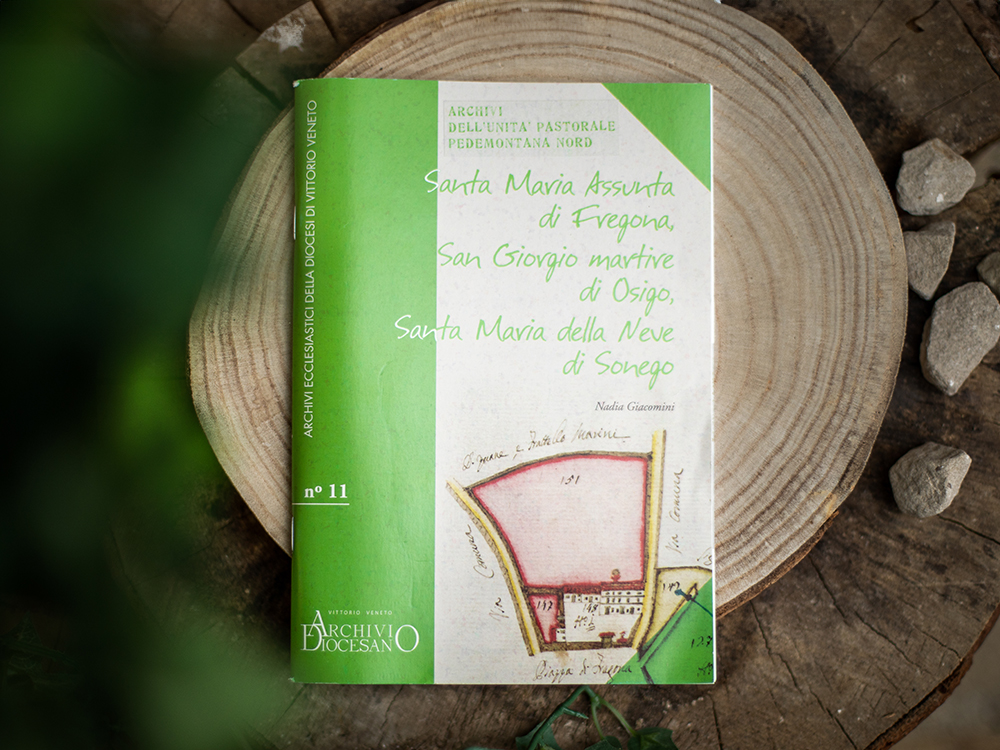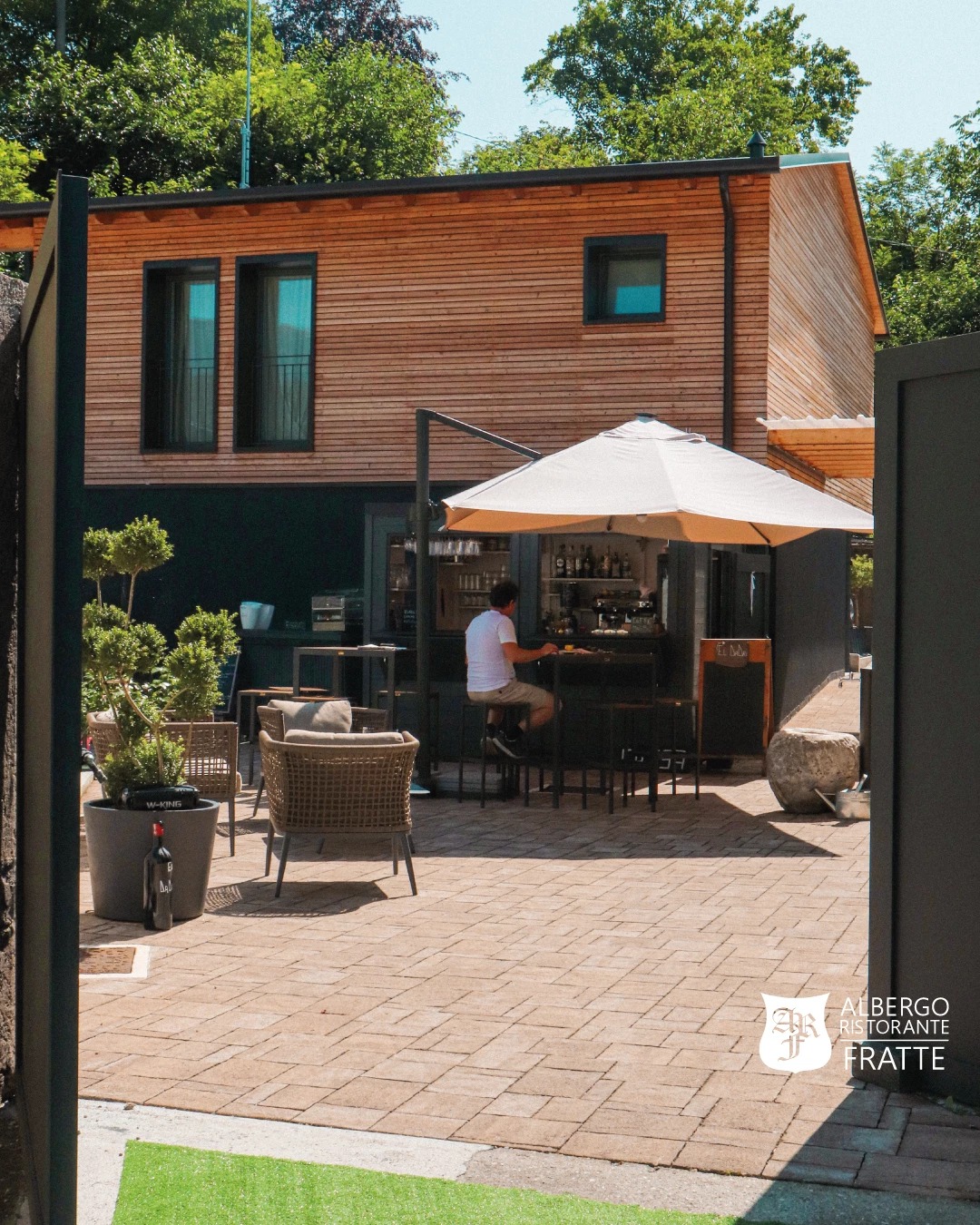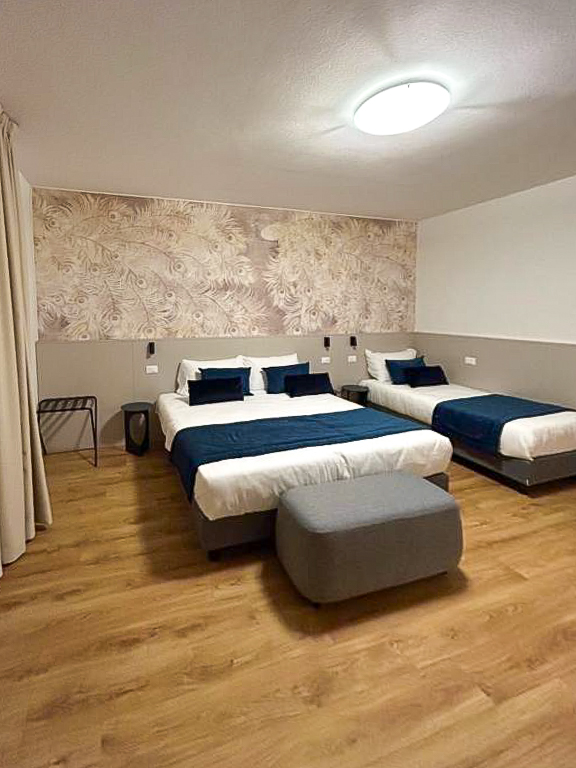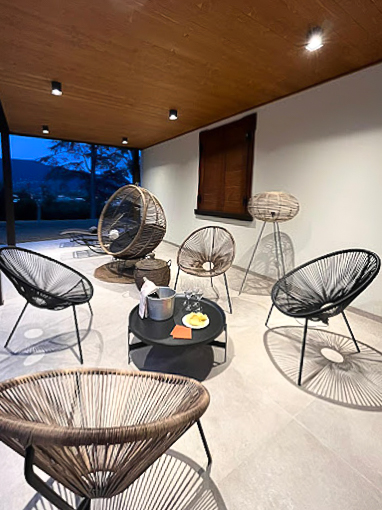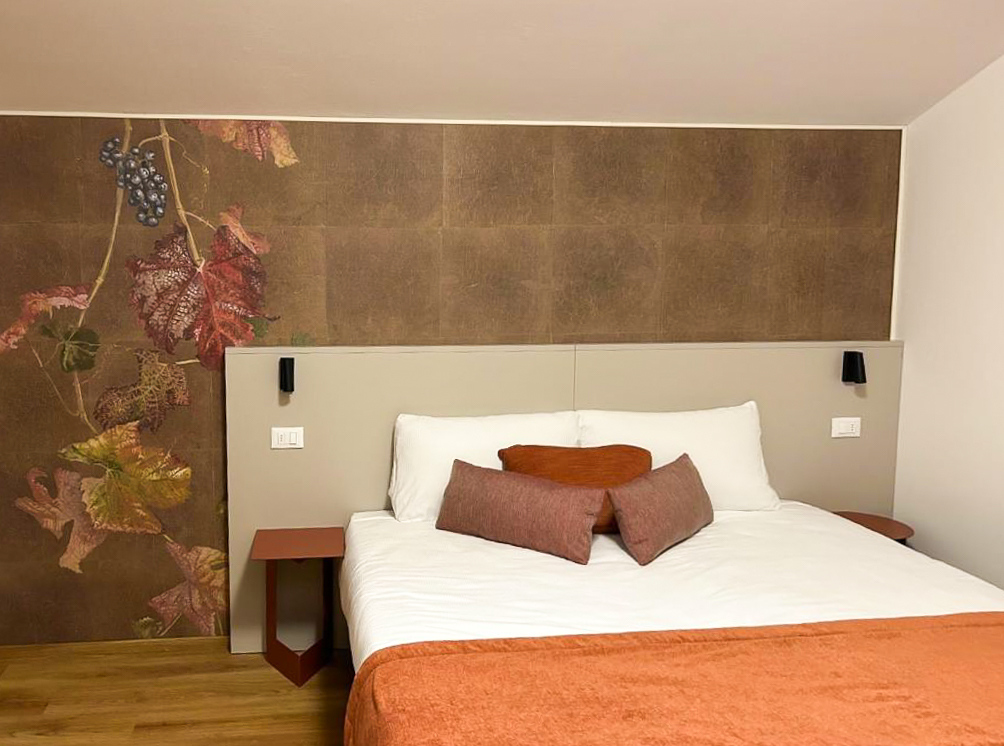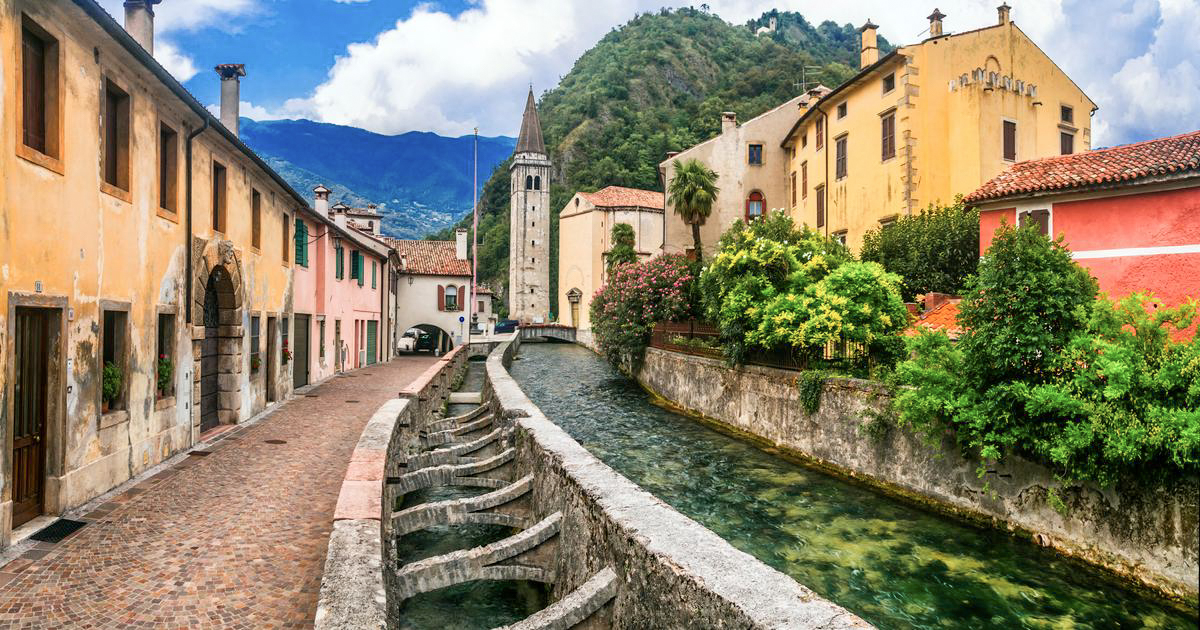Home -> What to do -> Cansiglio Plateau -> Botanical Garden
| Opening hours | Wednesday, Thursday and Friday from 10.00 to 12.00 and from 13.00 to 17.00 |
| Saturday and Sunday from 10 to 12.30 and from 14.00 to 18.00 | |
| Contacts | Veneto Agricoltura - headquarters of Pian Cansiglio tel. +39 0438 581757 |
| Associazione Naturalistica G. Lorenzoni associazionelorenzoni@gmail.com also on Facebook and YouTube |
From the last Sunday of May to the last of September, but for schools and groups openings hours can be adjusted on request.
In case of large groups, it is however appropriate to advice in advance even during the normal opening period.
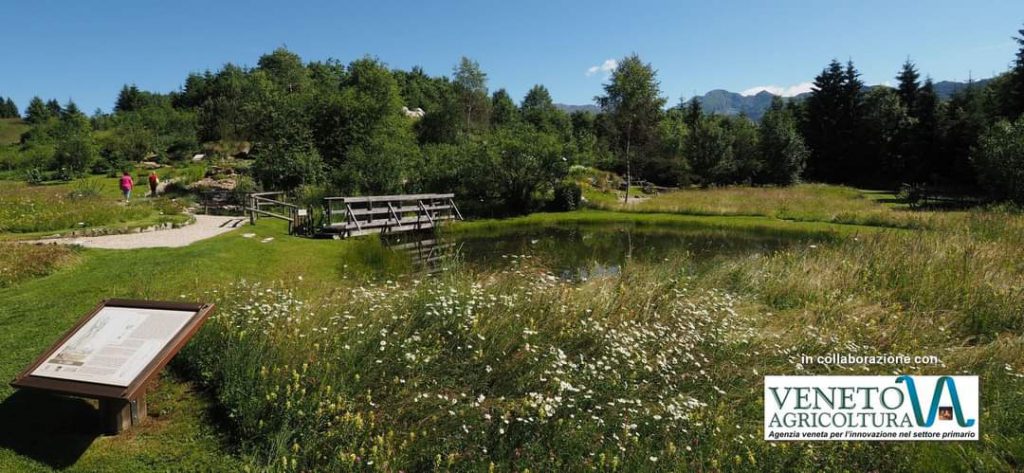
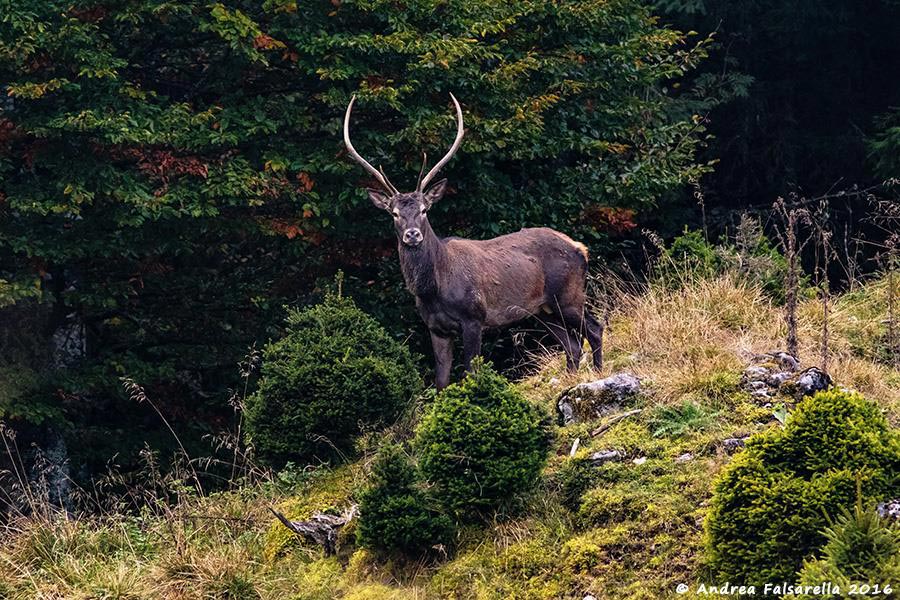
In the Garden there was the desire to welcome the flora and vegetation of the “Col Nudo-Cavallo” mountain range, which includes the Cansiglio area, articulated and organized in a complex of different environments, from lawns and humid places to rocks and woods.
The Garden is located in a central position of the Cansiglio Plateau and covers a karst area of about 3 hectares at 1000 m of altitude. Here the flowerbeds are disseminated over different levels, separated by meadows and trees.
Compared to the starting situation, the garden has been progressively expanded for the annexation of neighbouring areas representative of the plateau for naturalistic and geomorphological aspects. Then it was completed with an efficient network of trails.
This has been possible by making the “traditional” flowerbeds evolve into real habitats. They are all presented as natural ensembles: peatland, “lame”, banks of the streams, rocky walls, and sinkholes.
This has created a delightful overview and, most of all, allows visitors to get to know and appreciate environments that are now becoming rare in the Alps and in some areas have completely disappeared.
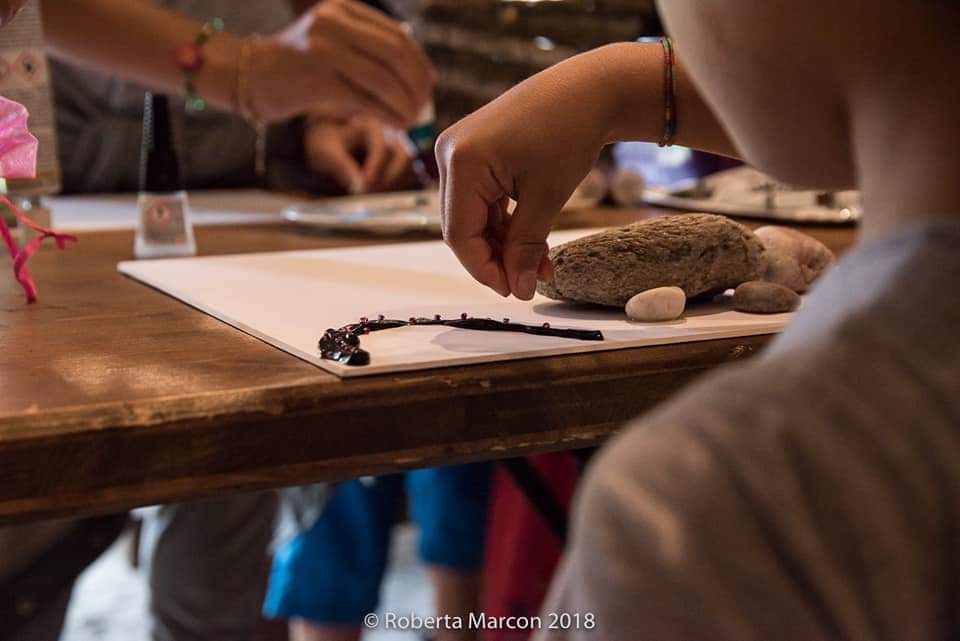
To perform this role, it is necessary to involve a wider public, from school groups to tourist groups, to individual visitors, providing information and knowledge. The large-scale disclosure of issues related to the protection of threatened species and environments is important in the context of the global strategy for the protection of plant biodiversity; this depends mainly on the respectful behaviour of citizens towards susceptible species and the environments that host them.
This is the reason why the Garden is home to various cultural events, photographic exhibitions concerning woods and animals, outdoor concerts, historical and naturalistic projections as well as guided nature tours. The garden also contains a Venetian term from the 1600s and another one is just outside the fence and visible from inside.
Currently the garden openings and the entertainment activities are managed in collaboration with the Lorenzoni Naturalistic Association.
